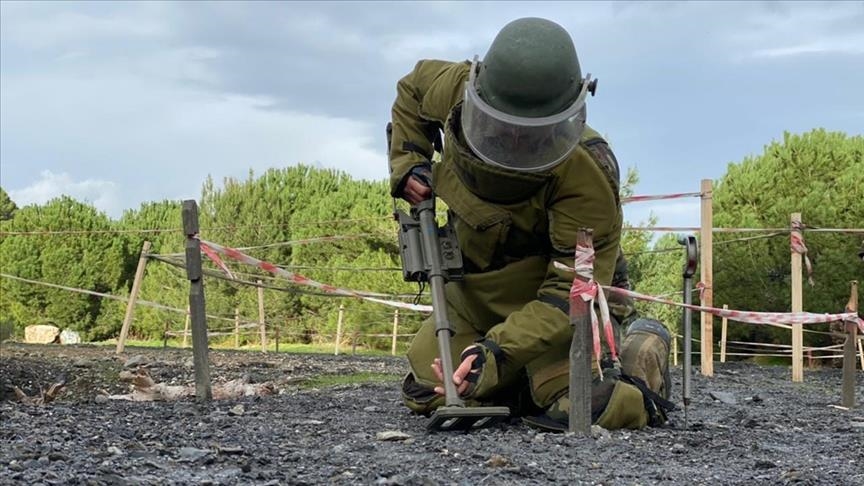Landmines and explosive remnants of war (ERW) pose a severe threat to civilians, obstruct economic growth, and hinder post-conflict recovery. Mine Clearance is a comprehensive approach aimed at addressing these dangers through a combination of humanitarian, military, and development efforts. It plays a crucial role in peacebuilding, reconstruction, and ensuring the safety of affected communities.
The Five Pillars of Mine Action
Mine action consists of five key components that collectively contribute to a safer and mine-free world:
- Mine Clearance
- The process of detecting, removing, and destroying landmines and ERW to reclaim contaminated land for safe use.
- Methods include manual demining, mechanical clearance, and the use of mine detection dogs or advanced robotic technologies.
- Mine Risk Education (MRE)
- Educating at-risk populations on the dangers of landmines and ERW to prevent accidents.
- Awareness programs use community engagement, school campaigns, and digital media to spread knowledge.
- Victim Assistance
- Providing medical care, rehabilitation, psychological support, and socio-economic reintegration for survivors of mine-related accidents.
- Focuses on promoting inclusivity, accessibility, and sustainable livelihoods for victims.
- Stockpile Destruction
- Eliminating stored landmines to prevent their future use and proliferation.
- Countries signatory to international treaties, such as the Ottawa Treaty, commit to destroying their stockpiles within a specified timeframe.
- Advocacy and Policy Development
- Promoting adherence to international treaties like the Mine Ban Treaty (Ottawa Treaty) and the Convention on Cluster Munitions.
- Encouraging governments and stakeholders to strengthen policies and increase funding for mine action programs.
International Efforts and Challenges
Organizations such as the United Nations Mine Action Service (UNMAS), International Campaign to Ban Landmines (ICBL), and various non-governmental organizations (NGOs) play a vital role in global mine action efforts. While progress has been made in reducing the use of landmines and clearing affected regions, challenges persist, including:
- Inadequate funding and resources for demining operations.
- Difficult terrain and ongoing conflicts that hinder clearance efforts.
- The long-term impact of mines on agriculture, infrastructure, and community resettlement.
Conclusion
Mine action is essential for fostering security, enabling economic recovery, and upholding human rights in post-conflict regions. While significant strides have been made, continued international collaboration, funding, and innovation are necessary to achieve a mine-free world.
